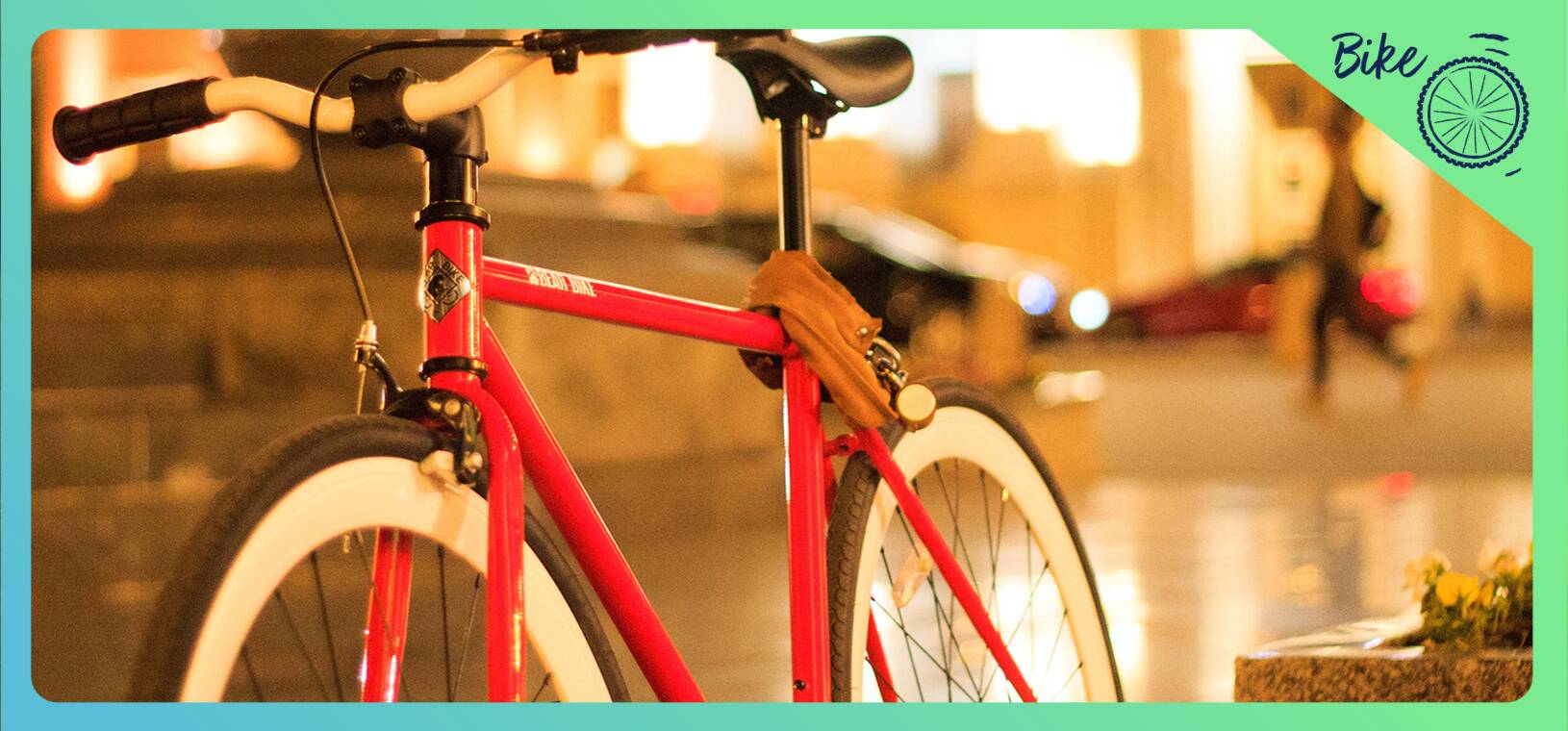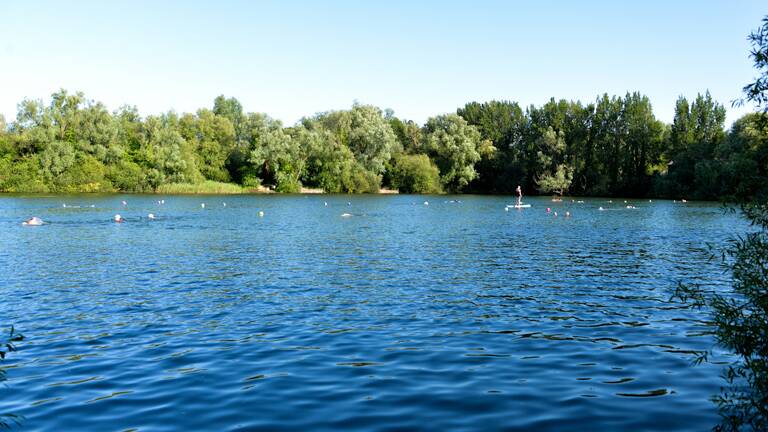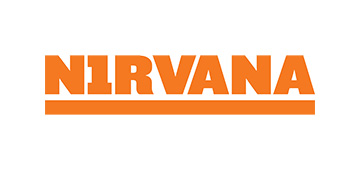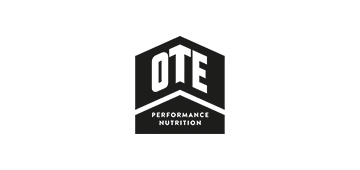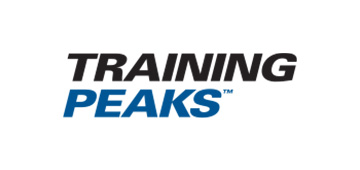None of the gear and no idea? Fret not! Forget the wine racks, leather banana holders, and detachable umbrellas. Here are the pieces of cycling equipment you actually need.
Alongside the obvious helmet for protecting your head and water bottle for hydration, these three investments will help you stay safe and prepared for anything on your two-wheeled adventures.
Lights
Rule 60 of the Highway Code states, ‘your cycle must have white front and red rear lights’ at night.
Here’s how they work:
The front light casts a strong beam of white so you can see where you’re going, and the red beam of your rear light ensures you’re visible to traffic.
Whilst these are enough to keep you on the right side of the law, we recommend taking it one step further with some secondary lights.
There are loads of wearable lights on the market, and they’re usually designed to clip easily onto your jacket, bag, or helmet.
Pair this with reflective clothing, and you’ll be completely visible even in bleak mid-winter!
Lock
Just like bikes, you get what you pay for with locks.
The easiest way to gauge the security of a lock is to check its Sold Secure Rating.
Gold provides the highest level, Silver offers a compromise between security and cost, and Bronze dissuades opportunists.
Simply put, you pay for the confidence a better lock will give.
Here are some different types to consider:
- D-lock: The most durable lock available. It can vary in length, weight, and solidness. Used to lock a frame to a non-moveable object or to secure wheels to the frame.
- Chain lock: Anodised chain covered with a plastic sleeve. Easy to handle and protected from the elements. Secured with a key or number/letter combination.
- Cable locks: Intertwined metal fibres wrapped in plastic. Light, flexible, and available in longer lengths. Good for quick stops.
Tire levers
Taking your bike to the shop for a tune-up is convenient but not exactly wallet-friendly.
We recommend learning a few tricks of the trade yourself.
Changing your own tyres is a great place to start, and much easier with a few simple tools.
It can be tempting to reach for a screwdriver or whatever you have to hand, but this can seriously damage your bike.
Instead, opt for steel bike tyre levers.
They’re the quickest way to remove flat tyres and the safest.
Lightweight and affordable, they’re designed to work without damaging the rim or inner tube and are ideal for taking out on your bike with you.
YouTube is full of tutorials on using them, and most retailers include a handy guide alongside the product specs.
You’ll be changing your tyres like a pro in no time!
Cycling doesn’t have to be complicated, and getting out and meeting other enthusiasts is a great way to learn tips and tricks.
Brush up on your knowledge of all things bikes at a Swim Bike Run activity near you. Click here to find out more.

